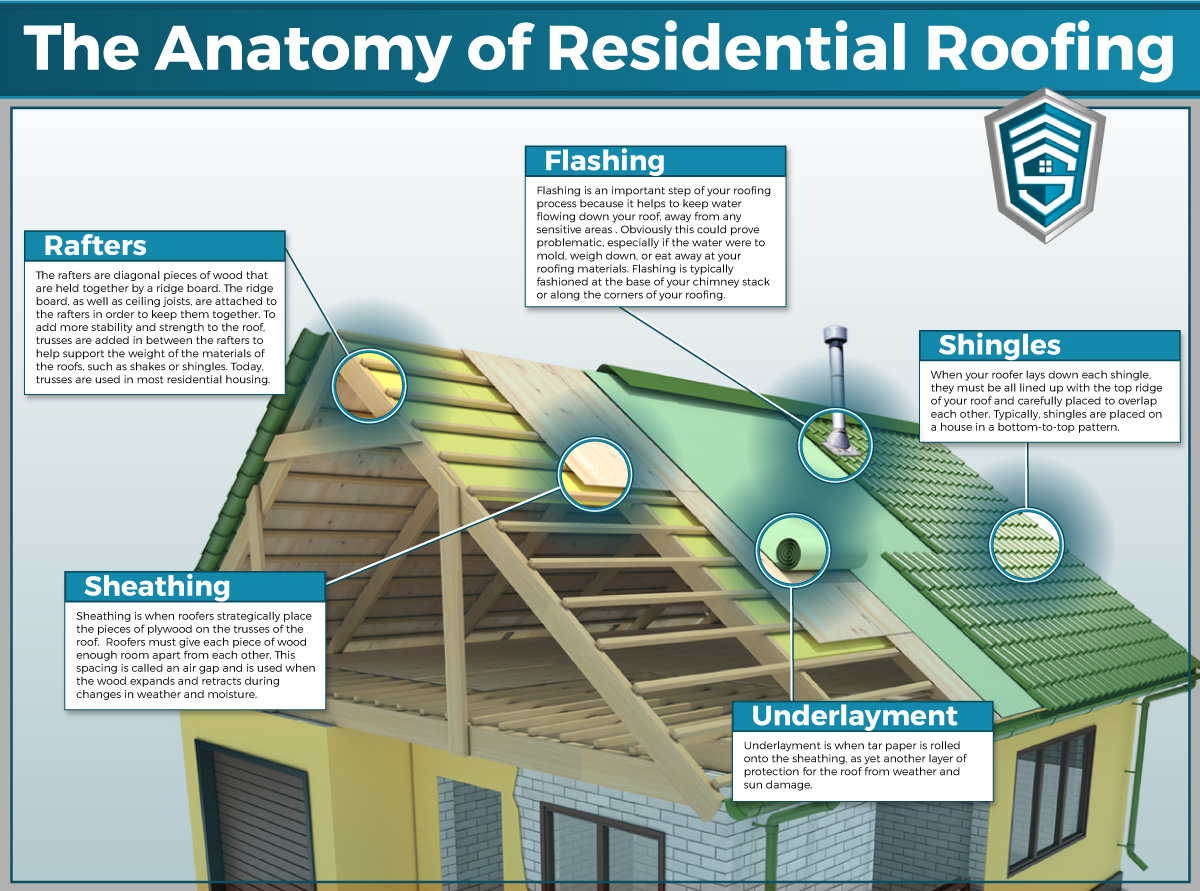The Feature Of Roofing Ventilation In Making Sure A Successful Installation
The Feature Of Roofing Ventilation In Making Sure A Successful Installation
Blog Article
Authored By-Conway Iversen
When you're taking on a roof job, you might not think much concerning roof air flow, but it's even more critical than you realize. Efficient air flow aids control temperature level and moisture in your attic, avoiding troubles like mold and structural damages. By understanding how to make and install a balanced air flow system, you can improve power effectiveness and lengthen the life expectancy of your roofing materials. So, what are the essential elements to take into consideration during installment that can make all the distinction?
Significance of Roof Covering Air Flow
Roofing air flow plays a vital duty in maintaining the total health of your home. By allowing fresh air to flow through your attic, it helps regulate temperature level and dampness degrees. This equilibrium is essential to prevent warmth buildup during hot months, which can bring about raised power costs as your cooling burns the midnight oil.
Moreover, simply click the following post decreases the threat of moisture-related issues like mold and mold. If moisture degrees rise, your home's structural honesty can be compromised, causing expensive repair services. You would not wish to manage decomposing wood or distorted roof covering materials, right?
In addition, sufficient ventilation expands the lifespan of your roof. When warmth and moisture are kept in check, your roof can do ideally, protecting against early deterioration. This suggests less frustrations and expenses down the line.
Just How Roof Covering Air Flow Works
Reliable roof air flow depends on the all-natural motion of air to develop a balance in between consumption and exhaust. When you install vents, you're essentially allowing fresh air to enter your attic room while making it possible for warm, stale air to escape. This procedure assists manage temperature and wetness degrees, avoiding issues like mold and mildew growth and roofing damages.
Intake vents, typically discovered at the eaves, attract great air from outside. Meanwhile, exhaust vents, situated near the ridge of the roofing system, let hot air surge and departure. The difference in temperature level creates a natural air movement, referred to as the pile impact. As warm air rises, it creates a vacuum that pulls in cooler air from the lower vents.
To enhance this system, you need to guarantee that the consumption and exhaust vents are appropriately sized and positioned. If the intake is limited, you won't achieve the wanted ventilation.
Furthermore, insufficient exhaust can catch heat and dampness, bring about possible damage.
Secret Installation Factors To Consider
When mounting roofing system air flow, a number of key considerations can make or damage your system's efficiency. First, you need to evaluate your roofing's design. The pitch, form, and products all affect air flow and ventilation selection. Make sure to choose vents that match your roofing system type and regional climate problems.
Next, think about the positioning of your vents. Preferably, you'll want a well balanced system with intake and exhaust vents positioned for optimum airflow. Area intake vents low on the roofing system and exhaust vents near the top to urge a natural flow of air. https://metalroofingsuppliers83949.blogchaat.com/34039236/explore-the-necessary-differences-in-between-steel-and-shingle-roofing-to-identify-which-option-straightens-best-with-your-demands-and-financial-strategy helps protect against moisture buildup and advertises energy performance.
Don't forget insulation. Appropriate insulation in your attic prevents heat from escaping and keeps your home comfy. Guarantee that insulation does not block your vents, as this can impede airflow.
Last but not least, consider maintenance. Choose https://www.buildings.com/articles/27399/solutions-make-your-roof-walkable-space-ire-2020 that are easy to access for cleaning and inspection. Normal maintenance guarantees your system remains to operate successfully gradually.
Conclusion
In conclusion, roofing air flow is vital for an effective setup. By making certain appropriate air flow, you can protect against warm accumulation and dampness issues that bring about pricey damage. When you tactically position consumption and exhaust vents, you improve power efficiency and extend the life expectancy of your roofing system. Keep in mind, a well-ventilated roof covering not only safeguards your investment but likewise boosts your indoor air high quality. So, focus on ventilation to make sure a durable and cost-efficient roof for your home.
